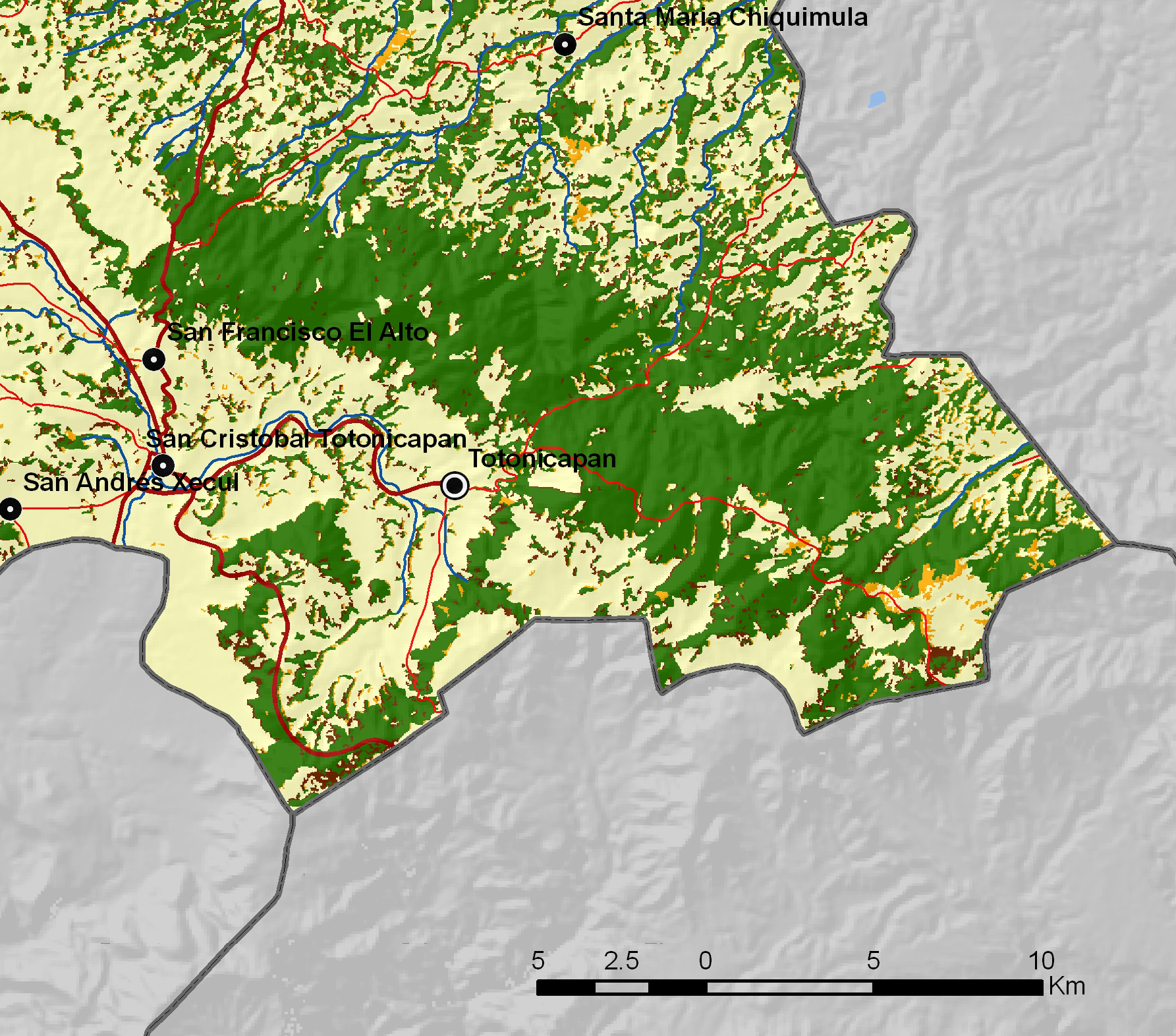In their documentary, Thomas & Julian Moll-Rocek explore the Mayan Cosmovision. For Meso-Americans this is a worldview that integrates the structure of space and rhythms of time into a unified whole. In Guatemala’s western mountains, in the state of Totonicapán, a large community forest has prospered for centuries adjacent to densely populated valleys. The Mayan forest cover the hills and the mountain ridge. The management of local resources by the Mayan community provides a counter-argument for the ‘tragedy of the commons’ concept. Humans and nature can coexist.
The tragedy of the commons is an economic hypothesis popularized in 1968 by ecologist Garrett Hardin. The concept was examined in a 1987 BBC documentary called “Nice Guys Finish First” by Richard Dawkins with a game theoretical framework. The Tragedy of the Commons predicts ecological degradation due to human conflict of self-interest over the long-term well-being of their community. However, this theory was heavily criticized by Nobel laureate Elinor Ostrom, who collected evidence showing that communities create their own systems for management of communally held resources. These open access resources, like the community forest, have in place clearly defined uses and clearly defined rules to ensure their sustainable management.
The high mountainous plateau covered by the communal forest is a significant watershed for Guatemala, with rivers flowing south to lake Atitlan, north to Mexico and east to the Caribbean.
The community forest consists of 21,000 hectares of pine as well as Guatamalan fir trees, has been maintained by the indigenous Maya Q’uiché government known as the 48 Cantones. The meaning of the word “k’iche'” is “many trees.” This organization relies on a traditional volunteerism. Community members each serving a year of unpaid community service known in K’iché as K’ax K’ol. Community members are elected to serve the K’ax K’ol mission, which includes road maintenance and regular patrols through the forest to prevent over-exploitation. The 48 Cantones members have also organized themselves into water committees, building and maintaining water harvest systems.
However, the 48 Cantones are in constant tension with the local municipal government, which contests their rights to the forest, pushing to privatize the water supply. Clashes in 2012 lead to death of 6 demonstrators by Guatemalan soldiers. The clash of governments with indigenous peoples for construction of mega projects is an unfortunate trend worldwide. There is a continuing Arts Corps project aimed to help revitalize indigenous knowledge.
Story of Youth Leaders in Conservation from ArtCorps on Vimeo.
The documentary, “48 Cantones: The Mayan Forest,” offers an example for the fortune of the commons: a community united through their shared efforts to protect their common resources. There are some other successful examples for the fortune of the commons and management of lobster populations in New England is one of them. In the early 1980’s lobster populations crashed miserably as a classic case of the tragedy of the commons. However things quickly recovered in the late 1980’s, immediately after imposing regulations for the long-term sustainability of New England’s lobster stocks. Lobstermen can only harvest lobsters with body size larger than 3 ¼ inches giving egg-bearing females a chance to reproduce. In Maine, there’s an additional stipulation that lobsters with bodies longer than 5 inches also be released so that the most productive breeders remain in the population. Egg-bearing females must also be V-notched (a triangle is cut out of the tail to mark it) before they are released. However there are now bigger threats looming for the lobster fisheries: global warming and ocean acidification.



1 Comment